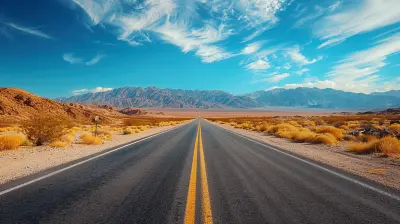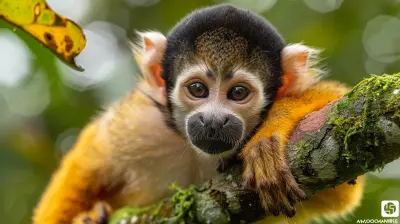Wildlife Photography at Its Best: Capture the Moment
20 June 2025
Ever sat staring at a jaw-dropping wildlife photo and thought, “How did they even get that shot?” You're not alone! Wildlife photography is like a never-ending safari—you chase moments, not just animals. It’s that pure rush when a lion roars into focus or a bird takes flight right before your lens. This kind of magic doesn’t happen by luck. It takes patience, skill, planning, and let's be real, a bit of mud on your boots.
Whether you're a beginner snapping pics on your DSLR, or a seasoned traveler looking to upgrade your photographic game, this guide is your one-way ticket to mastering the art of capturing the wild in all its raw, untamed beauty.

Why Wildlife Photography Is So Addictive
Let’s be clear: this isn’t just about “taking pictures of animals.” Wildlife photography is storytelling at its wildest. Every frozen frame tells a tale of survival, elegance, danger, or even a quirky moment (yes, animals have personalities!).There’s something deeply humbling about witnessing a tiger stalking through misty grasslands or watching elephants protect their calves. The wild has rhythm, and photography is how you dance with it.
Plus, capturing unforgettable wildlife moments offers a mix of adrenaline and zen. One minute you're holding your breath as a leopard glances your way, the next you're marveling at a sleepy sloth hanging upside down like nature's comedian.
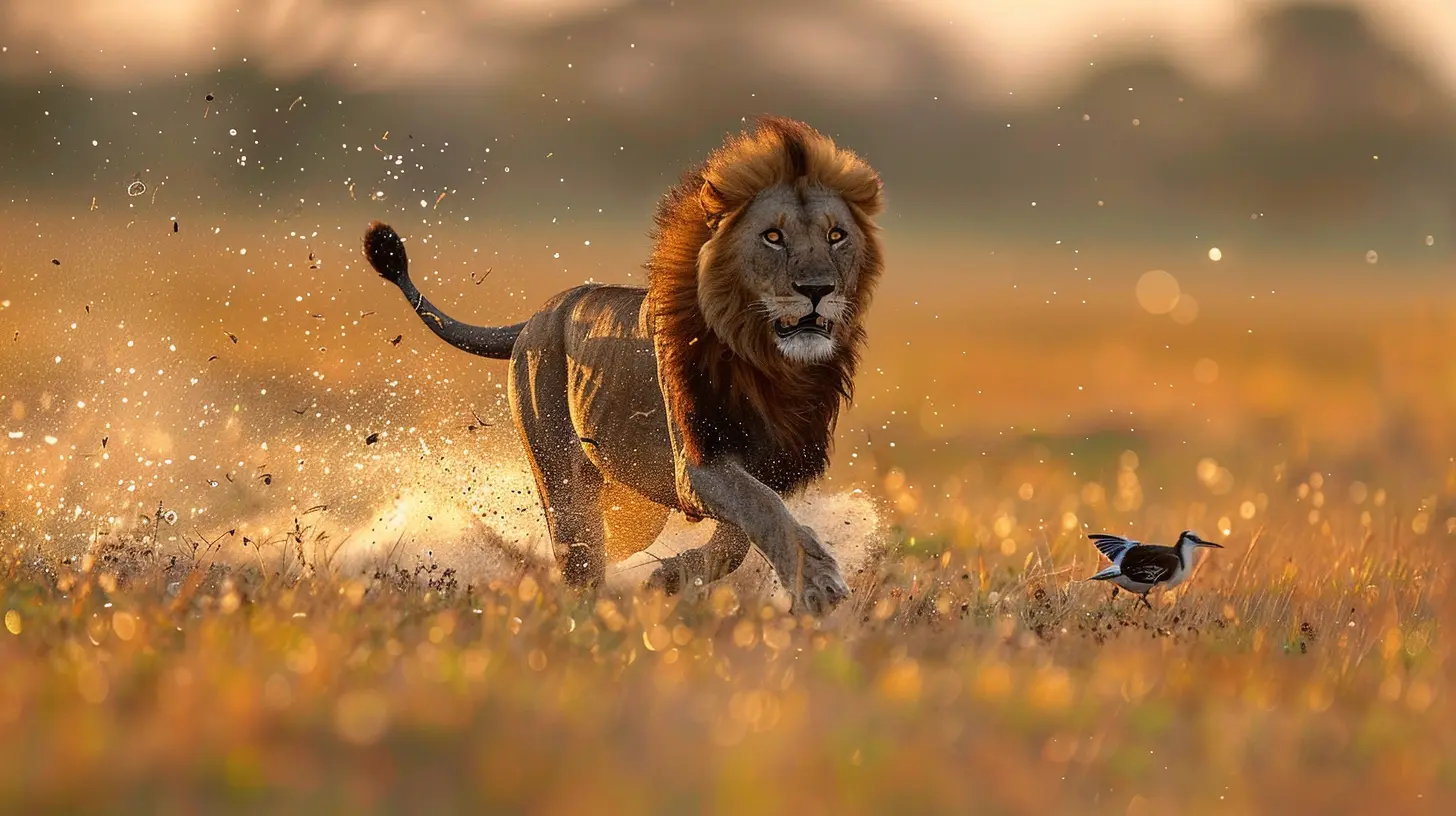
The Right Gear Can Make or Break Your Shot
Let’s chat gear. No, you don’t need to sell your car to afford a good wildlife camera setup—but investing wisely is key.Cameras: Crop vs. Full Frame
Both crop sensor and full-frame cameras have pros and cons. Crop sensors give you more "reach," making your 200mm lens feel more like 300mm—great for distant subjects. Full-frame cameras, on the other hand, deliver better performance in low light and richer image quality.A few popular choices:
- Nikon D500 (crop sensor, fast and rugged)
- Canon EOS R5 (mirrorless, stunning image quality)
- Sony A7R IV (mirrorless, full frame, beast of detail)
Lenses: Zoom and Prime
When it comes to wildlife, your lens is your closest friend. Telephoto lenses (like 100-400mm or 600mm) let you keep a safe distance while still capturing close-up details. Prime lenses might be sharper, but zoom lenses are far more versatile in the unpredictable wild.Pro tip? Pair your lens with a monopod or tripod for stability. Wild animals don't wait for your shaky hands.
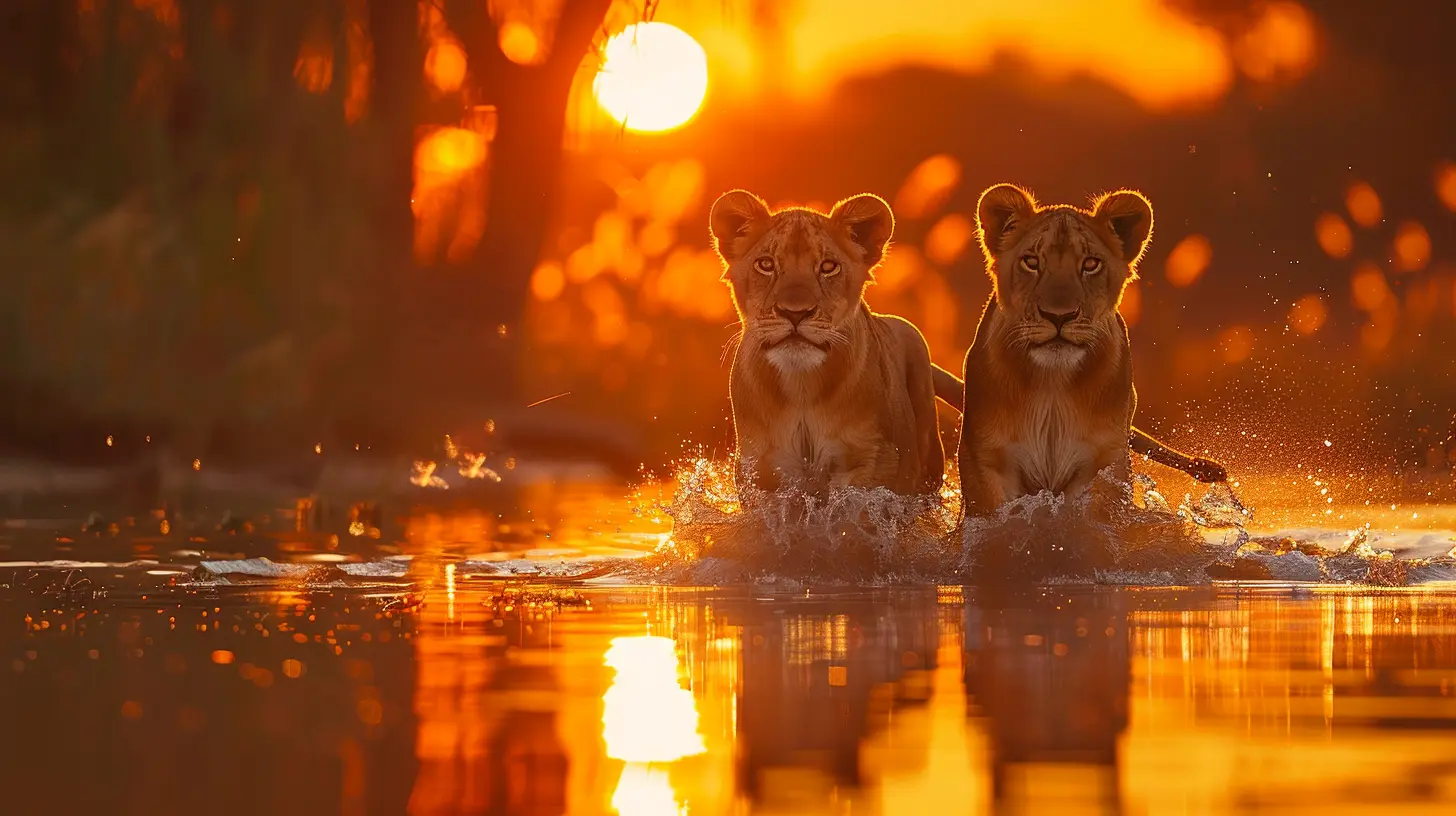
Patience is More Powerful Than a Big Lens
You could have a $10,000 lens, but without patience? You'll just have an expensive paperweight. Wildlife doesn’t operate on a schedule. You might wait hours—heck, even days—for the perfect shot. But that’s the thrill!Set up near a watering hole. Lie low in the grass. Stay still. Sometimes, the quietest moments bring the loudest results.
And hey, while you wait? Soak in the scenery. Listen to the jungle's symphony. Nature throws the best pre-show.
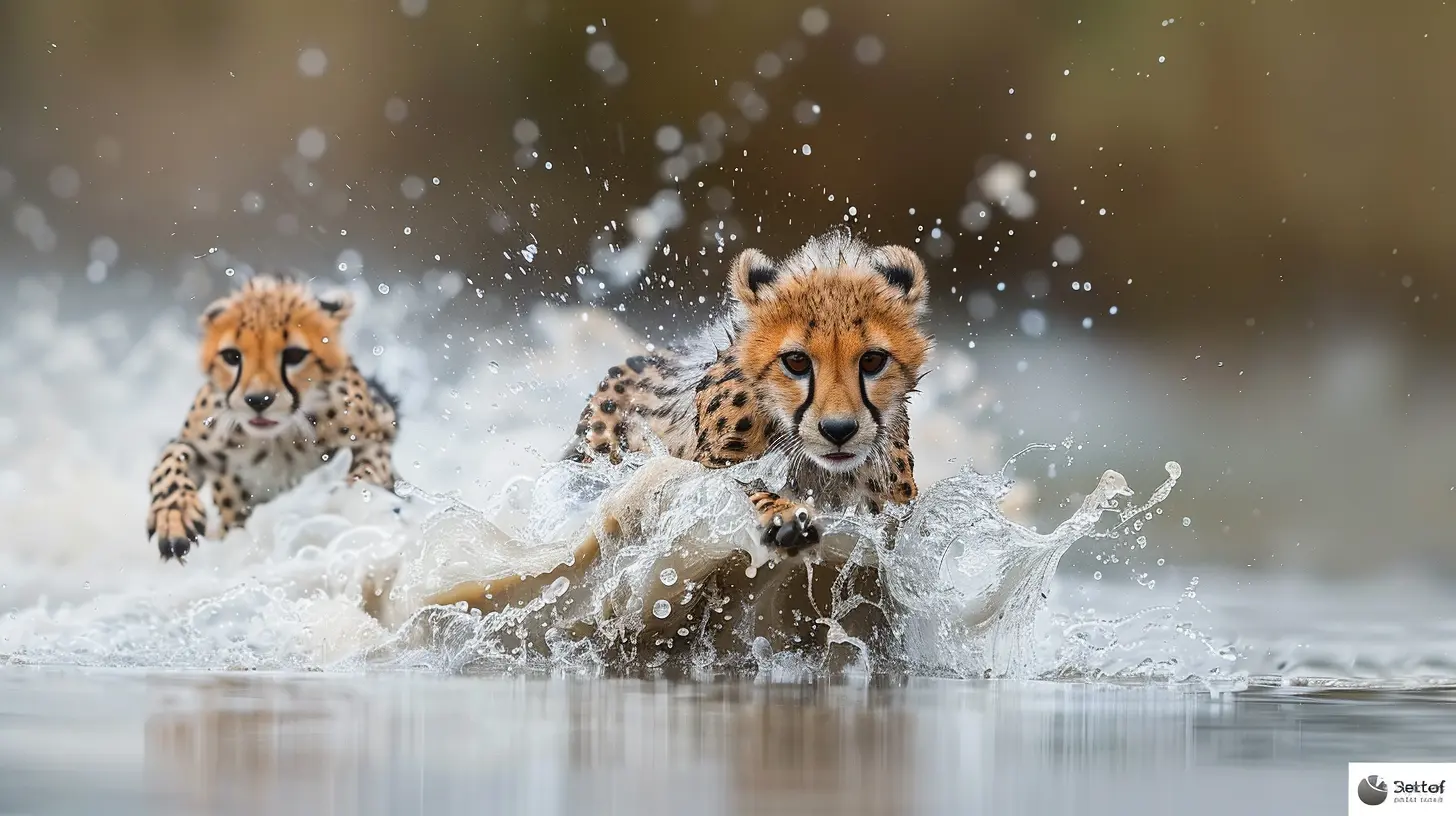
Know Thy Subject – Animal Behavior Basics
Would you show up to a dance party without knowing the moves? Same goes for wildlife photography. Knowing your subject’s behavior is half the battle.Learn Their Routines
Animals are creatures of habit—many have favorite trails, hunting grounds, or bath spots. Knowing these helps you anticipate movements and prepare for "the shot."Take birds, for instance. They often return to the same perch after scouting. Understand that, and you can pre-focus your camera and just wait.
Eyes Tell the Story
The eyes are where the emotion lives. A perfectly sharp eye can elevate a shot from “meh” to “wow.” Always focus on the eyes when possible. It draws the viewer right into the animal’s soul.Light — Your Best Friend or Worst Enemy
Let's talk lighting, the unsung hero of every wildlife masterpiece.Golden Hours: Dawn and Dusk
Shooting during the golden hours (just after sunrise and before sunset) paints your scene with that warm, soft glow. It adds drama, texture, and mood—all without any editing tricks. Animals are also more active during these times. Win-win.Avoid Harsh Midday Sun
Midday light is like taking a selfie under hospital lighting—no one looks good. Shiny fur becomes blown-out highlights, shadows become harsh, and the magic disappears. So unless it's cloudy or you're in a forest with diffused light, take a siesta.
Composition: Making Your Shots Stand Out
A wild moment is only half the battle. Framing that moment well? That’s the art.Rule of Thirds
Imagine dividing your frame into three rows and columns. Now place your subject where the lines intersect. This adds balance and makes your photos more dynamic.Leave Room for Movement
If a lion is walking left, leave space in that direction. It tells a visual story and creates anticipation.Clean Backgrounds Rock
A cluttered background can ruin a stellar subject. Use a shallow depth of field (lower f-stop) to blur the background and make your subject pop.Safety First: Respect the Wild
No photo is worth risking your life—or disturbing wildlife. Keep your distance. Don’t bait animals. Don’t chase them. Be a ghost—present but invisible.And trust us, a zoom lens does the sneaky work for you. Getting too close is not only dangerous but also unethical. Animals should act naturally, not nervously.
Post-Processing: The Finishing Touch
Editing is where your raw shots go from good to gallery-worthy.Tools like Adobe Lightroom or Photoshop let you fine-tune exposure, contrast, and sharpness. But don’t overdo it—no one wants a tiger with neon-orange fur.
Unleash your inner artist, but keep it real. Nature’s already stunning. You’re just enhancing her highlight reel.
Best Destinations for Wildlife Photography
Thinking of packing your gear and heading into the wild? Here are some dream spots for every wildlife fanatic.1. Masai Mara, Kenya
Home of the great wildebeest migration, it’s like nature’s version of a red carpet event. Big cats, roaming herds, and dramatic landscapes—it’s got it all.2. Yellowstone National Park, USA
Bison, wolves, bears—oh my! Yellowstone is a goldmine for photographers craving dramatic backdrops and diverse creatures.3. Ranthambore National Park, India
Want tigers in the wild? This place is as close as it gets to a royal photoshoot. Plus, ancient ruins make your backgrounds epic.4. Pantanal, Brazil
For bird lovers and reptile fans, this is paradise. Jaguars, macaws, caimans—you name it.5. Arctic Circle
Look up polar bear photography and thank us later. The Arctic’s icy landscape is both a challenge and a masterpiece.
Tips from the Pros
Here’s the insider sauce—what photographers whisper at campfires after a long day of shots.- Always shoot in RAW. This gives you more flexibility in editing.
- Keep your settings ready. Auto isn’t the enemy, but understanding aperture and shutter speed gives you power.
- Use burst mode. One click = many chances. You’d be amazed at the gems hidden between frames.
- Stay silent. Phones off, zippers closed, snacks unwrapped. Sound travels.
- Backup your shots. Cards corrupt. Clouds fail. Always have a second copy, or five.
Making a Career Out of Wildlife Photography
Dreaming of turning this hobby into a paycheck? It’s possible—but it takes persistence, a killer portfolio, and building a brand.Start by sharing your best shots on Instagram or a personal blog. Enter photography competitions. Maybe even pitch stories to travel magazines.
You don’t need an agency to begin—you need passion, a sharp eye, and a wild heart.
Parting Thoughts: Capture the Moment, Keep It Wild
Wildlife photography isn’t just about freezing time; it’s about honoring life. It's the whisper between the trees, the glint in an eagle’s eye, the tense stillness before a cheetah’s sprint.So grab your gear, charge those batteries, and get out there. But remember: click responsibly, respect the wild, and always stay humble in the presence of nature.
Because the best wildlife photographers don’t just capture moments—they feel them.
all images in this post were generated using AI tools
Category:
Wildlife EncountersAuthor:

Ian Powell
Discussion
rate this article
2 comments
Kael McLanahan
Embrace patience and respect nature while photographing wildlife. Capture authentic moments and enjoy the beauty of the great outdoors!
June 20, 2025 at 4:05 PM

Ian Powell
Thank you for your insightful comment! Embracing patience and respecting nature are indeed key to capturing authentic wildlife moments. Enjoy the journey!
Jane Mahoney
This article beautifully highlights the essence of wildlife photography, offering valuable tips for capturing stunning moments in nature. Well done!
June 20, 2025 at 2:15 AM

Ian Powell
Thank you so much! I'm glad you found the tips helpful and the essence of wildlife photography resonated with you.
